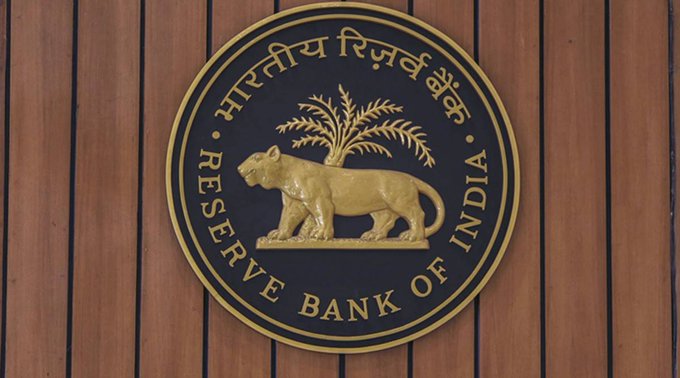MUMBAI: The Reserve Bank of India’s Monetary Policy Committee (MPC) is set to announce its decision on the policy rates on Wednesday.
RBI Governor Sanjay Malhotra will present the Monetary Policy Statement at 10:00 AM. This will be followed by a post-policy press conference at 12:00 PM, where the governor will address media queries and explain the rationale behind the committee’s decision.
There is a wide split among economists on what the RBI may decide. While some experts are advocating for a 50 basis points (bps) cut in the policy rate to support economic growth, others believe a more cautious approach is likely. The other expects a smaller 25 bps cut, citing concerns over inflation, which continues to be a key challenge for the central bank.
In an exclusive interaction with ANI, economists suggest that the current global and domestic conditions present a good opportunity for the central bank to cut interest rates.
Debopam Chaudhuri, Chief Economist at Piramal Group, suggested that the RBI should consider front-loading the rate cuts to support the Indian economy.
He said, “RBI should consider front-loading rate cuts, and a 50-basis-point cut in April can be a good pre-emptive move. Domestic inflation is low, globally, yields are coming down, and USDINR has regained some of its lost ground. These trends present a good opportunity for aggressive rate cuts.”
Chaudhuri believes that since inflation is currently under control and the rupee has started to strengthen again, the RBI can afford to act boldly in this policy meeting to support growth.
However, not all experts agree on the same level of rate cut.
Sonal Badhan, Economics Specialist at Bank of Baroda, expects a smaller cut of 25 basis points but agrees that the RBI will move towards a more growth-friendly stance.
“We are going with a 25 basis points rate cut, as RBI will remain cautious until the situation of monsoon is more clear. However, the stance will be changed to accommodative, implying that after this, there is scope for more than one 25 basis points rate cut, depending upon the prevailing macro-economic situation,” she said.
Globally, central banks are struggling to maintain economic stability amid rising uncertainties. One major concern is the recent tariff announcements by U.S. President Donald Trump. These protectionist measures have added pressure on the economies around the world, making it harder for central banks to strike a balance between supporting growth and controlling inflation.
In its last monetary policy announcement on February 7, the MPC unanimously decided to reduce the policy repo rate by 25 basis points from 6.5 percent to 6.25 per cent. This was the first rate cut in the current easing cycle.
The decision is being closely watched by market participants, businesses, and policymakers, as it will set the tone for borrowing costs and liquidity in the economy in the coming months. (ANI)
Also Read: RBI purchased another 8 tonnes of gold in Nov as safe-haven asset






